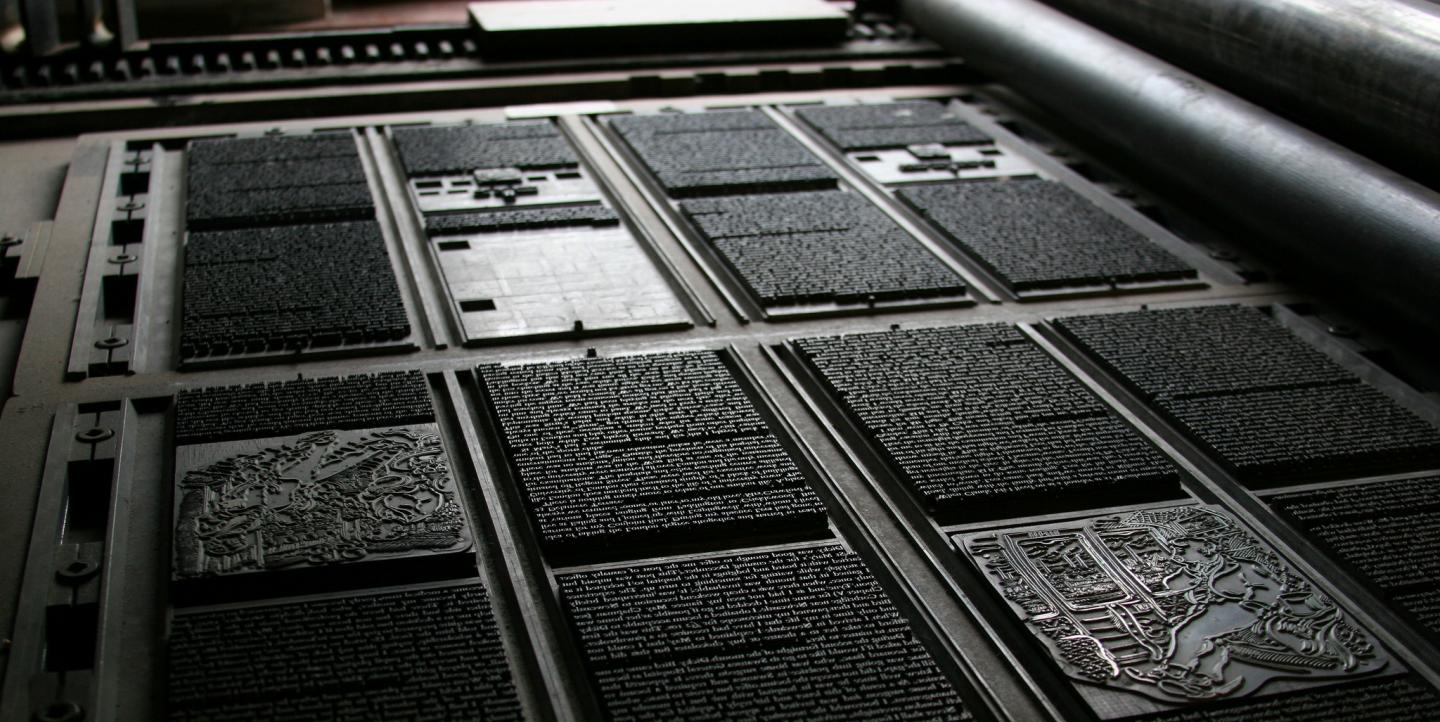There has been a surge in news organizations over the last 10 years. The advent of digital publishing has led to startups covering everything from general news to the smallest of niches you can imagine. For years, these new organizations have tried to model themselves after their big brothers. This works out, sometimes. Other times budget constraints, inexperience and sheer practicality overwhelm and undercut important structural and business decisions.
The biggest and most oft-repeated mistake that I see these new groups making is ignoring the desperate role of a web editor. At a print publication, the idea that there’s not a page designer and copy chief would leave an editor punch-drunk. To have every edition look exactly the same, to have every headline, no matter how important, be the same size, width and kerning as the day, week or month before, is patently absurd.
For new digital outlets though, that seems to be exclusively the case.
The prevailing methodology of almost every startup news site seems to be “set the template and forget it.” Every hour, every day, every month and every breaking story looks exactly the same. Mobile or desktop, stories don’t move, the three-column headline is always a three-column headline, even if presidents are elected or things are literally blowing up.
Startup news organizations are often fly-by-night affairs, out of necessity. To start a news organization requires fortitude, tenacity and usually an editor who believes they can do everything, which is good because they usually have to. As the service gets a larger following and as they hire, the web is usually something that just “happens.” The editor, known for his or her writing, hires more writers and it becomes a self-enforcing cycle. Great page designers don’t usually start investigative centers.
News sites are almost undistinguishable in their design and this has to change. If, say, gunmen ruthlessly slaughter hundreds of people in a major metropolis, most sites don’t even have the technical capabilities to change the template quickly. And they almost assuredly don’t have someone whose job it would even be to make the call on when to change the layout.
As new media organizations begin to make their first hires and begin to get beyond the initial hype, they have to get beyond the initial Wordpress template as well. If you were starting a new magazine, your third hire would be a page designer. If your product is the website, a web editor should be the same.
News organizations must have someone whose speciality, and more importantly, whose job it is, to make decisions on a daily basis about how the online publication is viewed. In print this position has existed since at least the late 1800s and tacking the digital variation onto the news editor’s job is a sure-footed way to make sure that nothing will ever get done. News editors are overwhelmed and they are more worried about quotes and accuracy than column headers, and rightfully so. That’s not to say the editors don’t have the ability to make this decision; it’s that it shouldn’t be their job to even think about things like this. Not having a page editor is suicidal at a print publication, and not having a web editor isn’t very far off at a digital publication.
Of course there’s more to a web editor than deciding column size, after all, a person in this position is a proper editor. He or she customizes stories for various platforms by rewriting descriptions and they spend a large amount of time considering platform-specific headlines. They decide when to send readers notifications on their phones. They curate links and story packages from the archives, bringing relevant content together in a way that makes the web so much better than print. Seeing a changing and up-to-date site engages readers and has the added benefit of demonstrating to the staff that their work doesn’t go down a dark well.
Some of the large organizations do this particularly well. The New York Times clearly has a number of people whose sole job it is to decide what goes where on their ever-changing web site and suite of mobile apps. The editors also take it on themselves to rewrite and add short, engaging commentary on the news of the day (especially the NYT Now app, which is spectacular). This, I know from personal experience, encourages people to actually read the stories and will often loop in other stories to form a more cohesive experience. Buzzfeed’s mobile news app is also a stellar example of this same personalized, human-edited content.
This is not to say you need the staff, time, or money of these large publications to produce excellent results. For most small publications a single person (maybe a part-time backup for weekends and holidays) can easily handle the load. It’s been done that way for decades at print houses, it can (and must) be done at digital shops as well.
Christopher Guess, a computer programmer and photojournalist, is an expert in mobile technology. He also has experience working on media sustainability projects. Learn more about his work as an ICFJ Knight Fellow here.
Main image CC-licensed courtesy of Tom Garnett.

